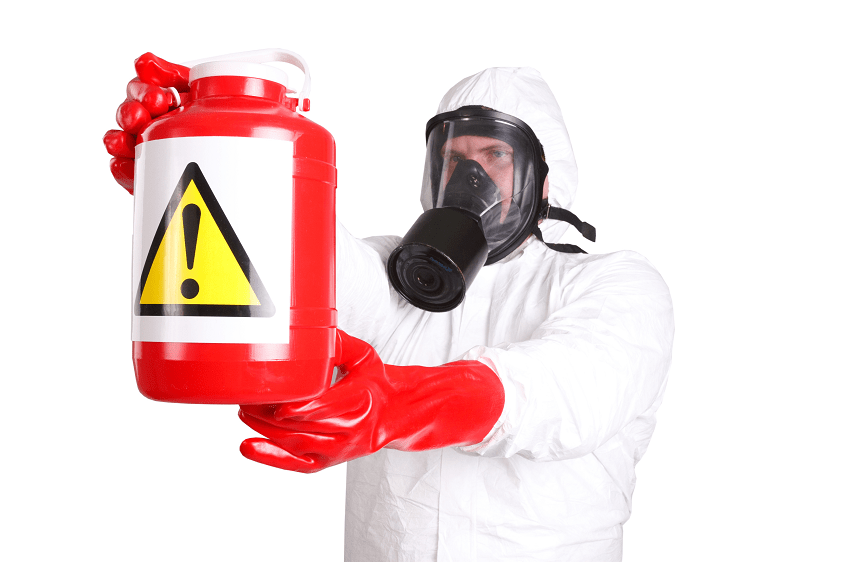What can be used in place of acetone? Acetone is a versatile chemical used for applications including equipment cleaning and degreasing, extraction, industrial solvents, and more. However, some areas place restrictions on VOCs for environmental purposes. If you are...





